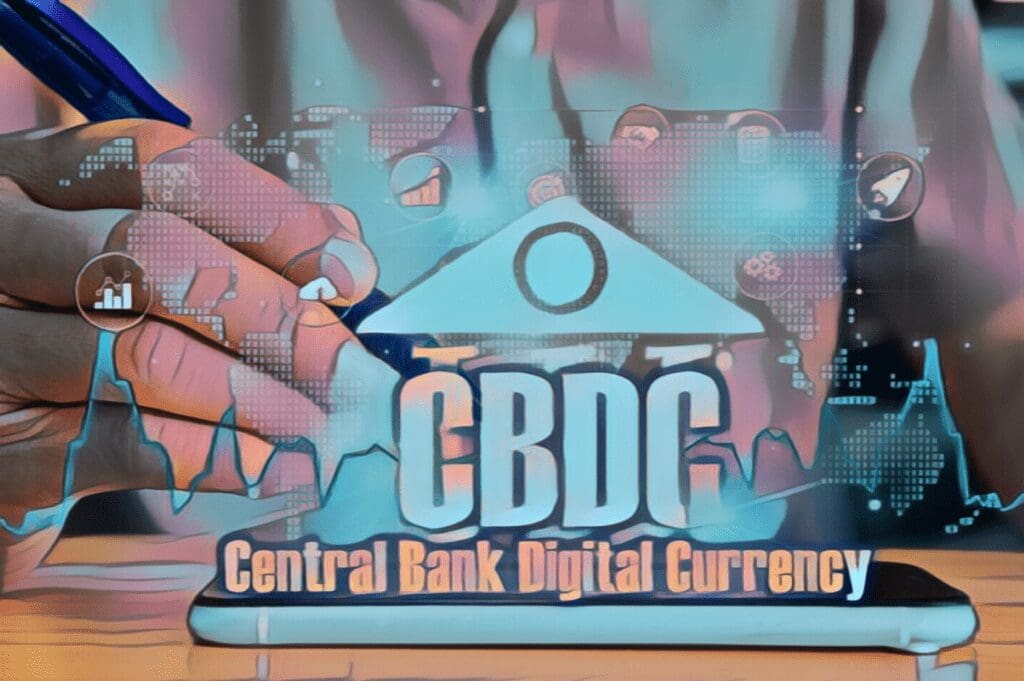The Philippines is on track to launch its wholesale central bank digital currency (CBDC) by 2029, marking a significant step in its financial innovation journey. The Bangko Sentral ng Pilipinas (BSP) is advancing towards the culmination of Project Agila, its ambitious CBDC initiative, with Deputy Governor Mamerto Tangonan announcing that the project is nearing the end of its proof-of-concept phase.
Project Agila: The Philippines’ Path to a Wholesale CBDC
Launched initially in December 2022 under the name Project CBDCPh, Project Agila was rebranded in September 2023 to focus on enhancing interbank, securities, and cross-border transactions. This initiative reflects a global trend towards digital currencies and aims to streamline financial transactions within the country’s banking sector.
At a recent press briefing, Tangonan highlighted the project’s progress, emphasizing the innovative nature of the payment instrument under development. “The governor is very early in his term, and we’re already about to conclude proof of concept. This is an innovative payment instrument,” Tangonan said.
A Private Network for the Wholesale CBDC
Unlike many other CBDC projects that utilize public blockchains, the BSP’s digital currency will operate on a private payment and settlement system owned by banks. Governor Eli Remolona outlined that this wholesale CBDC (wCBDC) will cater exclusively to licensed banks and financial intermediaries, facilitating wholesale transactions rather than retail payments.

The decision to use a private network aims to provide a secure and controlled environment for financial transactions, which will complement existing cash systems rather than replace them. The BSP has selected Hyperledger Fabric as the underlying technology for the distributed ledger, completing the initial pilot phase in July.
Also Read: CBDC : A Complete Guide to Central Digital Currencies
Upcoming Reports and Future Developments
By the end of the year, the BSP plans to release a comprehensive report on Project Agila’s findings and the results of its sandbox experiments. This report will offer insights into the CBDC’s potential to enhance and automate payment systems through its programmable features.
Additionally, in May, the BSP authorized the controlled testing of a stablecoin pegged 1:1 to the Philippine peso. This initiative aims to ensure a seamless transition between digital and physical forms of the currency, further integrating digital finance into the national economy.
Also Read: CBDCs: Important Social Experiment or Digital Slavery?













Discussion about this post